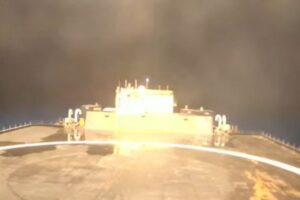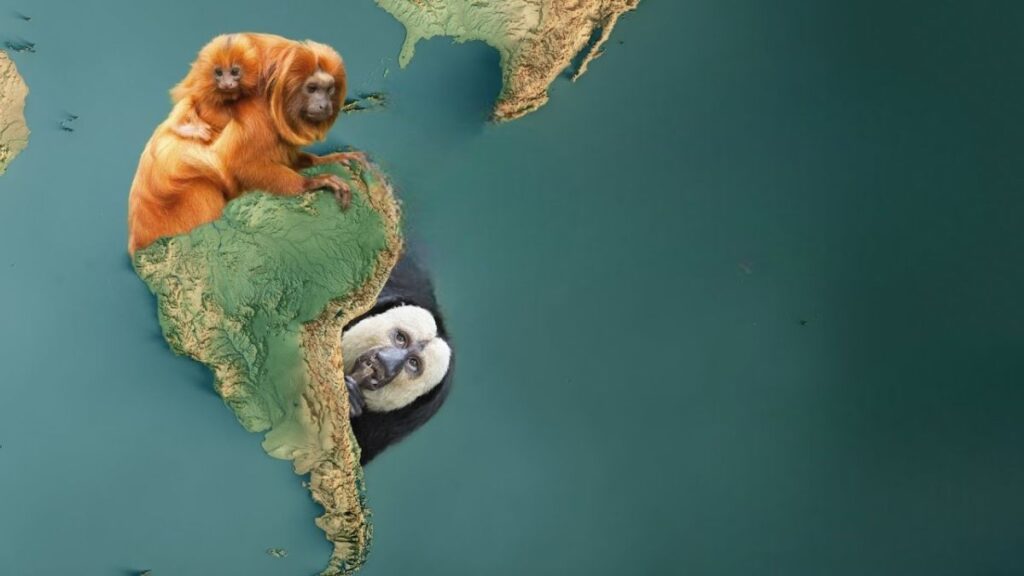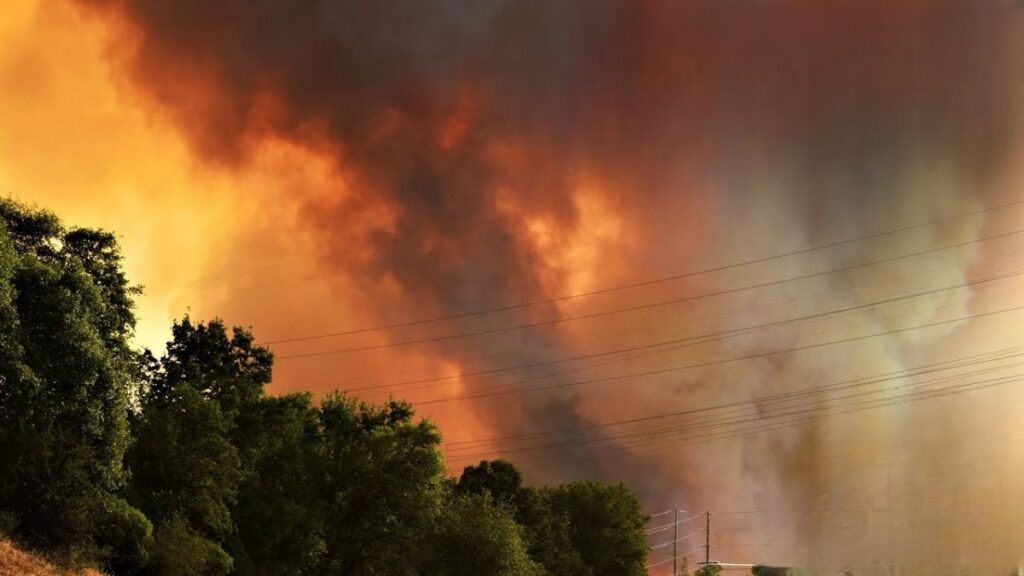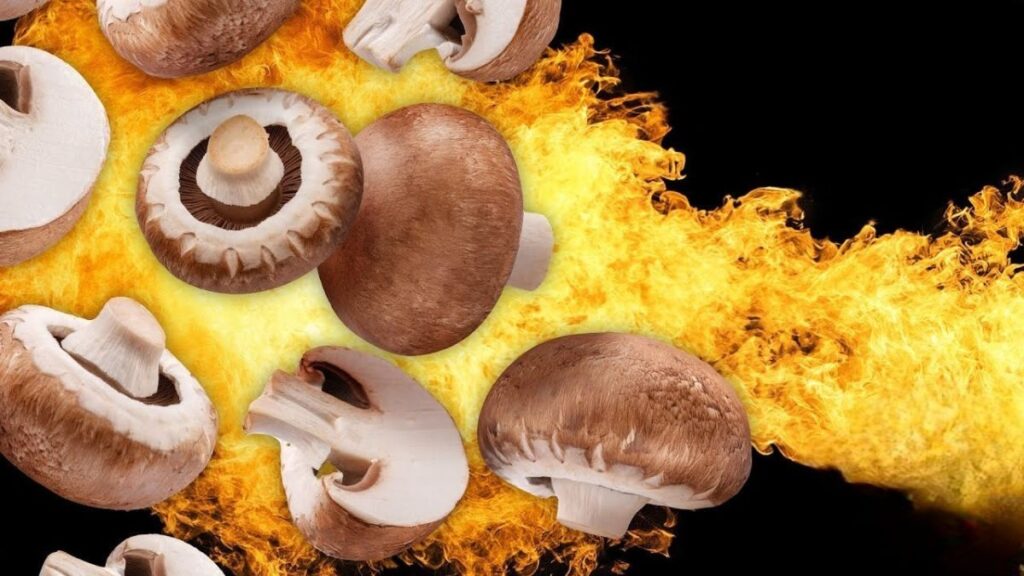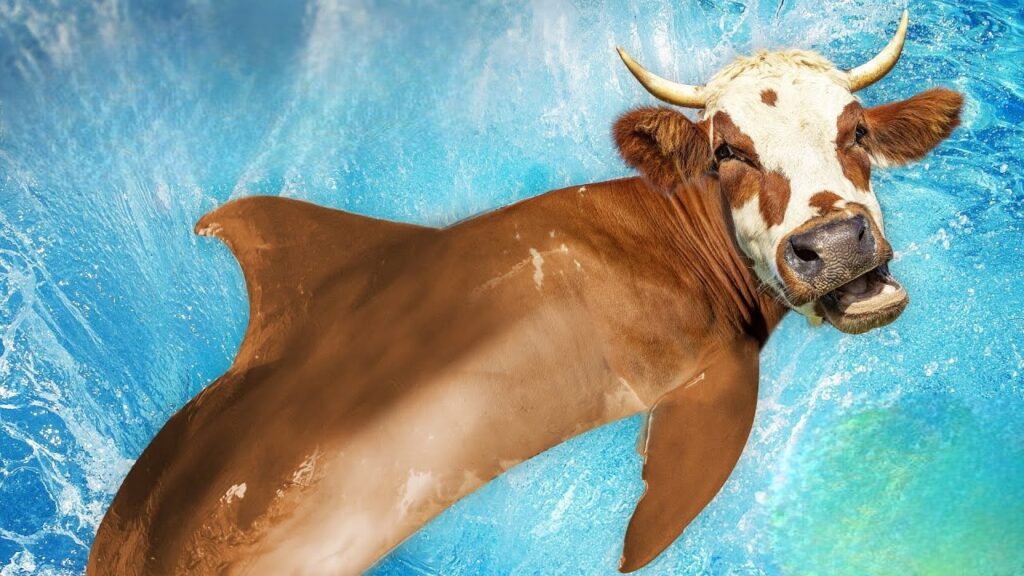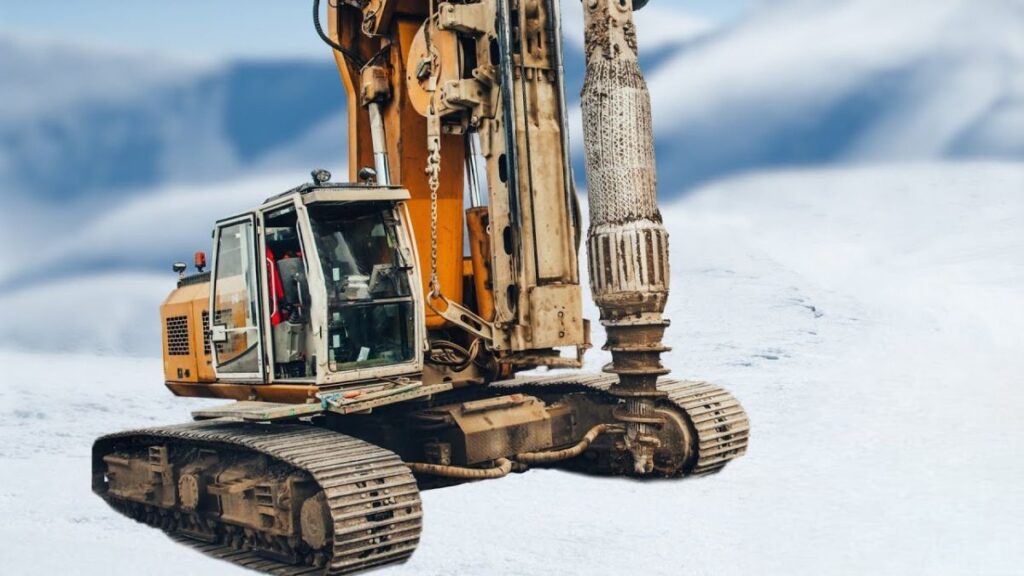
Assuming we will get ourselves away from this environmental emergency that we’ve made, we’ll require a couple of extremist thoughts.
Additionally, many of these concepts are currently geared toward reducing our emissions to zero in order to prevent the Earth from catastrophically warming.
However, we must also address the extent of climate change that is already established.
We must also think big in order to accomplish that.
Sea level rise as a result of melting glaciers and ice sheets into the ocean is already a consequence.
In order to slow down the rising water, some scientists are looking into massive geo-engineering of glaciers.
The concept of intentionally manipulating the environment on a massive scale is known as geoengineering.
Examples of geoengineering include scattering tiny particles throughout the atmosphere to prevent some light from passing through or placing enormous mirrors in space to reflect some sunlight away from Earth, allowing things to cool down a little.
The whole thing, at least for the time being, is more concept than practice because many of these ideas are quite contentious.
It’s not like we haven’t already been influencing the climate for centuries by cutting down trees and releasing greenhouse gasses into the air.
In any case, dabbling with our solitary home planet deliberately isn’t something everybody can get behind.
Still, big problems need big solutions, and melting ice is one of those big problems.
Water that is presently secured into ice in Antarctica and Greenland could prompt more than 20 meters of ocean level ascent assuming it dissolves into the ocean.
That is sufficient sea level rise to completely erase a number of islands and coastal cities from the map and cover a building six stories high.
So, scientists and governments have been talking about using geoengineering to deal with melting glaciers, which has some risks.
One idea is to cover glacial ice with a blanket to keep it cold.
This is because, where warmer air touches the ice at the top of some glaciers, a lot of the melting takes place.
Additionally, once melting begins, it typically initiates a vicious cycle.
Because water is darker than ice, it absorbs more sunlight, resulting in an even warmer pool.
Additionally, this makes it easier to melt.
The cycle continues as well.
Even after these melted pools drain away or dry up, dark debris that reflects more light than the surrounding ice can be left behind.
Additionally, that darker region has a greater chance of melting the ice.
Because of this, some glaciers in Italy and Switzerland have been literally covered in blankets to reflect sunlight and prevent them from getting too warm and melting.
Unfortunately, we simply cannot blanket Antarctica and Greenland in their entirety.
As a result, scientists are considering alternative methods for covering ice.
Additionally, a sand-like substance that reflects sunlight back into space has been developed by some.
They tested this on a Minnesota pond in one study, and it actually worked.
The special sand treated ice remained frozen for a significantly longer period of time than untreated ice.
Either by hand or with an agricultural seed sower, the sand could be spread.
However, even if we were to cover a lot of Antarctica and Greenland with sand instead of actual blankets, it would still be a huge logistical challenge.
As a result, some geoengineering research is looking at the glacier’s opposite side, which has parts that run along the ground like rivers.
Since many glaciers drain into the ocean, glaciers that move quickly lose ice more quickly than glaciers that move slowly.
Additionally, a layer of liquid water allows many of the fastest-moving glaciers to slide out to sea.
If the ground is warm enough to melt some ice or if sliding friction heats things up, that water can come from the glacier’s bottom.
Water may also enter glaciers through cracks at other times.
In either case, the glacier slides out to sea as a result of a slip inside.
Therefore, without the water, glaciers might slow down like a slip inside if we could just get rid of that water.
One approach we might take is to actually draw inspiration from the very industry that initially led us into this mess: oil.
The idea is that we could slow down these glaciers and prevent them from draining so quickly into the ocean if we could drill down into them and extract the water there using technology that is very similar to that used in oil drilling.
Although we wouldn’t do this for all of the hundreds of thousands of glaciers in the world, we might be able to use this strategy to stabilize the ice sheets that are most responsible for rising sea levels.
As with blanketing glaciers, extracting water from beneath massive ice sheets is fraught with practical difficulties, so no one is yet ready to try it.
However, if we do end up drilling a lot of boreholes into glaciers to drain them, we might be able to use them in more than one way, like basically cooling the glacier.
This is the concept: We could potentially freeze any water beneath the glacier if we were able to inject cold substances into these boreholes.
Essentially, this is the same concept as draining the glacier, with a different flavor.
We might even be able to use the same gas that has contributed to the majority of the planet’s warming as a means of cooling things down, as it would dry the bottom and eliminate slip and slide.
We’re discussing CO2.
Because CO2 in the atmosphere is known for storing heat and causing our planet to get hotter and hotter, you probably immediately think of warming when you think of CO2.
Yet, CO2 really makes a very decent refrigerant, or substance that chills things off.
In fact, in the 1850s, it was used in one of the first refrigerators ever made.
You need a machine that can compress CO2 and turn it into a liquid for this to work.
After that, it transforms back into a gas when it comes into contact with a warmer substance and absorbs some of that heat.
This can be done by a number of gasses, but CO2 is great because it is relatively harmless when it is not being used as a greenhouse gas.
Therefore, in essence, we would need to construct refrigeration systems that could pump CO2 liquid into glaciers.
Liquidate it once more and send it back into the hole once it returns to gas.
Clearly, this is not an easy job or a one-stop shop for fixing everything, but it may end up being one of our tools.
The problem with all of these geoengineering concepts is that none of them will be implemented tomorrow.
None of them are currently feasible on a large scale, and some may never be.
They all have significant technical obstacles, but we cannot simply reverse all of the climate change that we have already caused.
In this way, thoughts like these give researchers a spot to begin pondering what they really could sensibly change, and you can’t help but admit, they aren’t thinking little.

![Moon Jellyfish has [ Hidden Secrets ] You don't know moon jellyfish](https://spaceupper.com/wp-content/uploads/2022/11/1-1-300x169.jpg)


